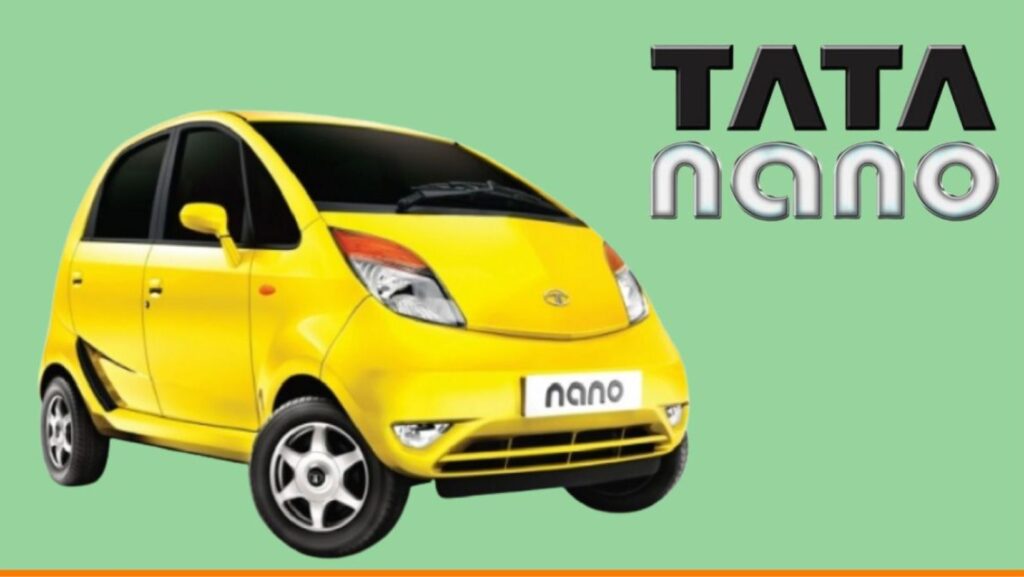Within the continuously evolving realm of the automotive sector, certain narratives draw attention not due to their triumphs but because of the invaluable insights they offer. The story of the Tata Nano is one such example. Initially celebrated as the “People’s Car” with the potential to transform personal transportation in India, the Nano’s journey was marked by ambitious aspirations and subsequent hurdles that ultimately led to its decline. This article aims to dissect the factors contributing to the Tata Nano’s underwhelming performance in the Indian market.
1. Marketing Missteps
One of the significant factors contributing to the Nano’s struggles was marketing missteps. Initially marketed as the world’s cheapest car, the Nano garnered attention for its affordability. However, this focus on cost inadvertently created an image of a subpar vehicle. While affordability is a crucial selling point, it shouldn’t come at the expense of quality and safety. The Nano’s marketing failed to effectively communicate its value beyond just being cheap.
Read more.. Unveiling the Best Value-for-Money Cars Under 10 Lakhs in India
2. Quality Concerns
Early versions of the Nano faced issues related to quality and safety. Reports of engine fires raised alarm bells, leading to a decline in consumer confidence. Tata Motors responded to these concerns with product updates and improvements, but the damage to the Nano’s reputation was already done. Quality issues further reinforced the perception that the car was substandard, dissuading potential buyers.
3. Limited Features
Another challenge that the Nano encountered was its minimalist approach to features. While it aimed to provide a basic and affordable transportation solution, it lacked many amenities that consumers had come to expect, even in budget-friendly cars. The absence of air conditioning, power steering, and other comfort features made the Nano less appealing to a wide range of consumers, especially in India’s scorching summers.
4. Evolving Consumer Preferences
As India’s economy flourished, the ambitions of its people also expanded. While the Nano was initially envisioned as a cost-effective substitute for motorcycles, shifting consumer tastes led to a preference for vehicles that were not only feature-packed but also possessed a touch of style. The Nano’s practical design and simplistic features struggled to keep pace with the changing desires of consumers seeking both value and sophistication in their automobiles.
5. Production and Logistics Challenges
The Nano’s manufacturing plant in Singur, West Bengal, faced significant political and logistical challenges during its construction, leading to delays and controversy. Tata Motors eventually relocated the plant to Sanand, Gujarat, but the disruptions impacted production schedules and added to the Nano’s overall costs.
Read more.. India’s Automotive Ascend: Surpassing Japan to Secure the 3rd Spot in the Global AutoMarket
6. Perception and Image
Perhaps one of the most significant obstacles the Nano faced was a matter of perception. Despite Tata Motors’ efforts to improve quality and safety, the Nano couldn’t shake off its initial reputation as a “cheap” car. This perception hindered its ability to attract a broader range of buyers who were willing to invest in a more expensive but feature-rich vehicle from other brands.
Conclusion
The Tata Nano’s journey, from a groundbreaking concept to a cautionary tale, offers valuable insights into the complexities of the automotive industry. While it had the potential to redefine personal transportation in India, several factors, including marketing missteps, quality concerns, limited features, evolving consumer preferences, production challenges, and image issues, played a role in its underwhelming performance.
The Tata Nano’s journey stands as a testament to the fact that thriving in the automotive industry demands more than mere affordability. It calls for a profound comprehension of consumer demands, adept marketing strategies, an unwavering dedication to excellence, and the agility to respond to shifting market dynamics. Despite its hurdles, the Nano continues to endure as an emblem of ingenuity and determination, persevering in the midst of challenges.
Read more.. Top Electric Vehicle Manufacturers in India: A Budget-Friendly Guide

